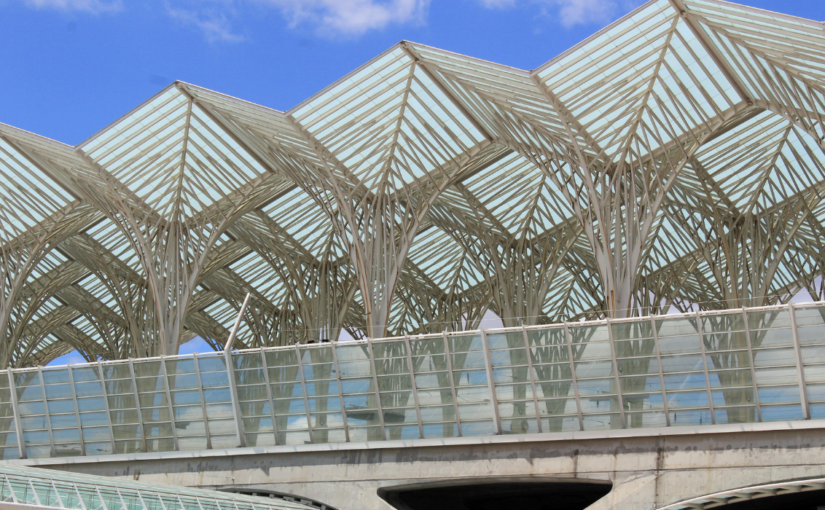back
Zoning for Transit-Oriented Development: Benefits and Challenges
05-2023

By building compact, mixed-use communities around transit stops, a style of urban development known as transit-oriented development (TOD) leverages the potential of public transportation. By enhancing the accessibility and appeal of walking, bicycling, and public transportation, TOD attempts to lessen reliance on private vehicles. Local governments must use a range of planning techniques to accomplish these objectives, including zoning rules that promote dense, mixed-use development close to transit hubs. We shall examine the advantages and difficulties of TOD zoning in this blog post.
Benefits of Zoning for TOD
Greater Public Transit Access: By zoning for TOD, more possibilities are provided for individuals to live, work, and play close to transport hubs, which can boost transit use and ease traffic. People are more likely to use public transportation instead of their own vehicles when houses, stores, and businesses are situated close to transit stops and can be reached on foot or by bicycle. This minimizes greenhouse gas emissions, lessens traffic congestion, and the number of cars on the road.
A Higher Rate of Economic Development: By boosting property values, fostering job growth, and promoting business expansion, TOD can have a positive impact on the economy. The demand for goods and services may rise as a result of mixed-use complexes built close to transit hubs that draw additional residents and companies. This in turn may strengthen regional economies and generate new employment possibilities.
Increased Walkability and Bikeability: Compact, mixed-use development that is accessible by foot and bicycle is encouraged under TOD zoning. This increases the likelihood that people would walk or bike to their destinations, improving public health and lowering the need for private vehicles. Communities with easy access to walking and bicycling also appeal to more residents and visitors, which can boost real estate values and promote economic growth.
Increased Affordable Housing: In locations with high housing costs, more affordable housing options may be created with increased TOD zoning. Local governments can boost the availability of housing close to transit stations, which can help cut housing costs and make living near public transportation more accessible, by promoting compact, mixed-use development.
Challenges of Zoning for TOD
Political Opposition: Residents and companies who are worried about the possible effects of additional development may be politically opposed to TOD zoning. This can involve worries about heightened traffic, diminished parking options, and modifications to the neighborhood’s identity. Local governments must interact with citizens and companies to address their concerns and tell them of the advantages of TOD in order to overcome these obstacles.
Financial Restrictions: Significant infrastructure improvements, such as those in public transportation, roads, and utilities, are needed when zoning for TOD. Financial limitations may prevent local governments from making these investments. Local governments may need to look for collaborations with commercial developers, nonprofit groups, and other stakeholders to assist fund the required infrastructure upgrades to address this problem.
Regulatory Complexity: Zoning for TOD can be challenging because it involves numerous stakeholders, rules, and planning procedures. In order to adopt zoning for TOD, local governments must navigate a complicated web of regulatory restrictions. Local governments may need to streamline their planning procedures, clarify their zoning restrictions, and improve coordination with other stakeholders to address this issue.
Community Resistance: Zoning for TOD may encounter opposition from locals who may be averse to change or who may see new construction as a danger to their way of life. Local governments may face difficulties as a result of having to balance the requirements of various stakeholders. To overcome this obstacle, local governments may need to make considerable outreach and communication efforts to increase community support for TOD.
The promotion of sustainable urban development, the reduction of reliance on private vehicles, and the enhancement of accessibility to public transit can all be accomplished with the help of zoning for TOD. Zoning for TOD, meanwhile, can also run across serious obstacles like political opposition, financial limitations, regulatory complexity, and community hostility. Local governments must interact with stakeholders, make zoning restrictions simpler, restructure the planning process, and improve collaboration among stakeholders in order to meet these issues. Local governments may develop more thriving, livable, and sustainable communities by addressing these issues, giving people access to cheap housing, job opportunities, and public transit.
F2H Capital Group is a debt advisory firm specializing in negotiating the best terms for your commercial real estate projects. The company offers a range of financial products and services, including fixed loans, bridge loans, and construction loans across all asset types. Please contact us for any of your financing needs.

